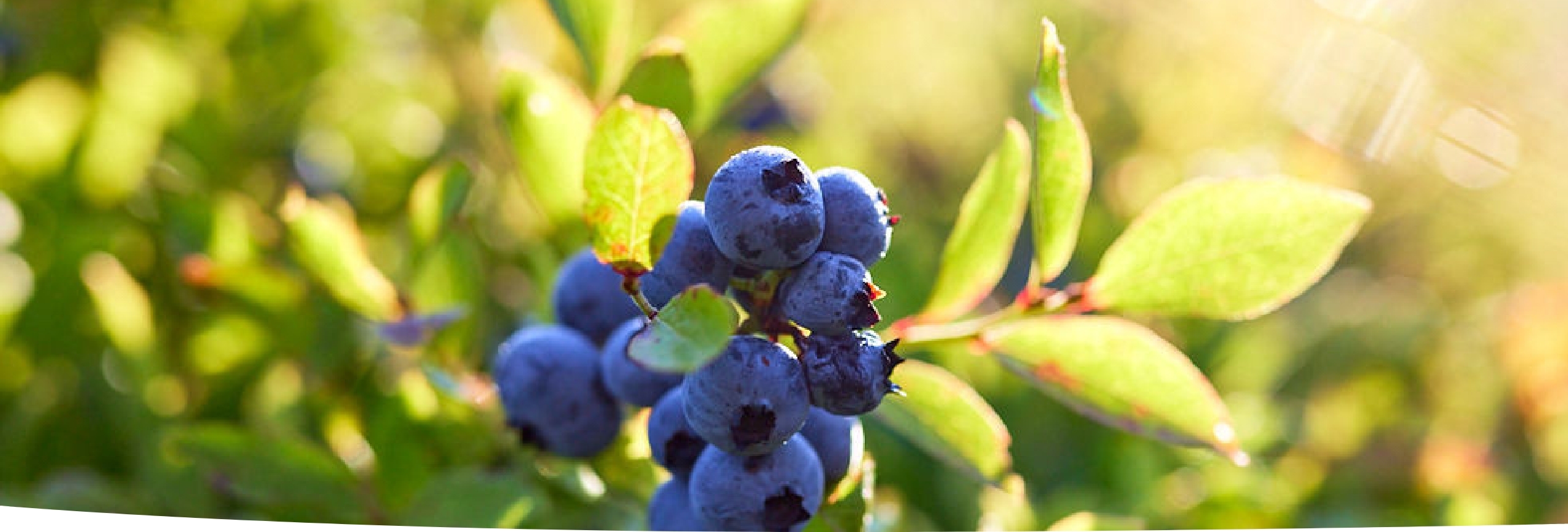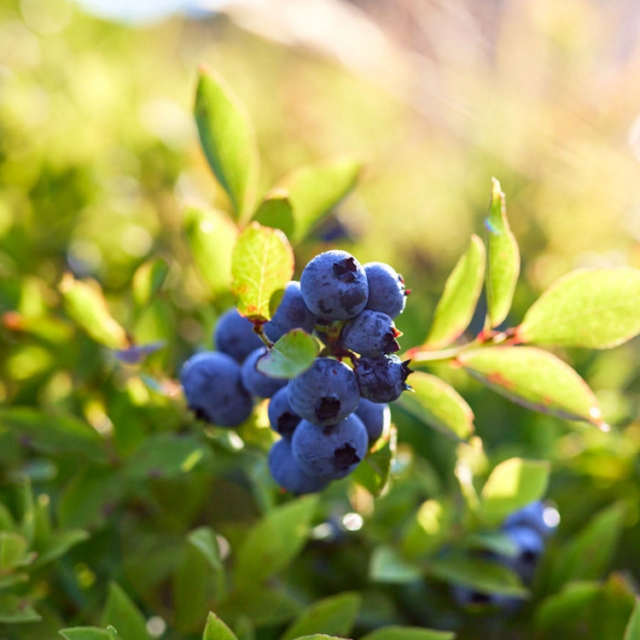Dietary flavonoid intake and weight maintenance: three prospective cohorts of 124,086 US men and women followed for up to 24 years.
Objective
To examine whether dietary intake of specific flavonoid subclasses (including flavonols, flavones, flavanones, flavan-3-ols, anthocyanins, and flavonoid polymers) is associated with weight change over time.
Design
Three prospective cohort studies.
Setting
Health professionals in the United States.
Participants
124 086 men and women participating in the Health Professionals Follow-up Study (HPFS), Nurses’ Health Study (NHS), and Nurses’ Health Study II (NHS II).
Main outcome measure
Self reported change in weight over multiple four year time intervals between 1986 and 2011.
Results
Increased consumption of most flavonoid subclasses, including flavonols, flavan-3-ols, anthocyanins, and flavonoid polymers, was inversely associated with weight change over four year time intervals, after adjustment for simultaneous changes in other lifestyle factors including other aspects of diet, smoking status, and physical activity. In the pooled results, the greatest magnitude of association was observed for anthocyanins (−0.23 (95% confidence interval −0.30 to −0.15) lbs per additional standard deviation/day, 10 mg), flavonoid polymers (−0.18 (−0.28 to −0.08) lbs per additional SD/day, 138 mg), and flavonols (−0.16 (−0.26 to −0.06) lbs per additional SD/day, 7 mg). After additional adjustment for fiber intake, associations remained significant for anthocyanins, proanthocyanidins, and total flavonoid polymers but were attenuated and no longer statistically significant for other subclasses.
Conclusions
Higher intake of foods rich in flavonols, flavan-3-ols, anthocyanins, and flavonoid polymers may contribute to weight maintenance in adulthood and may help to refine dietary recommendations for the prevention of obesity and its potential consequences.
Read full article
